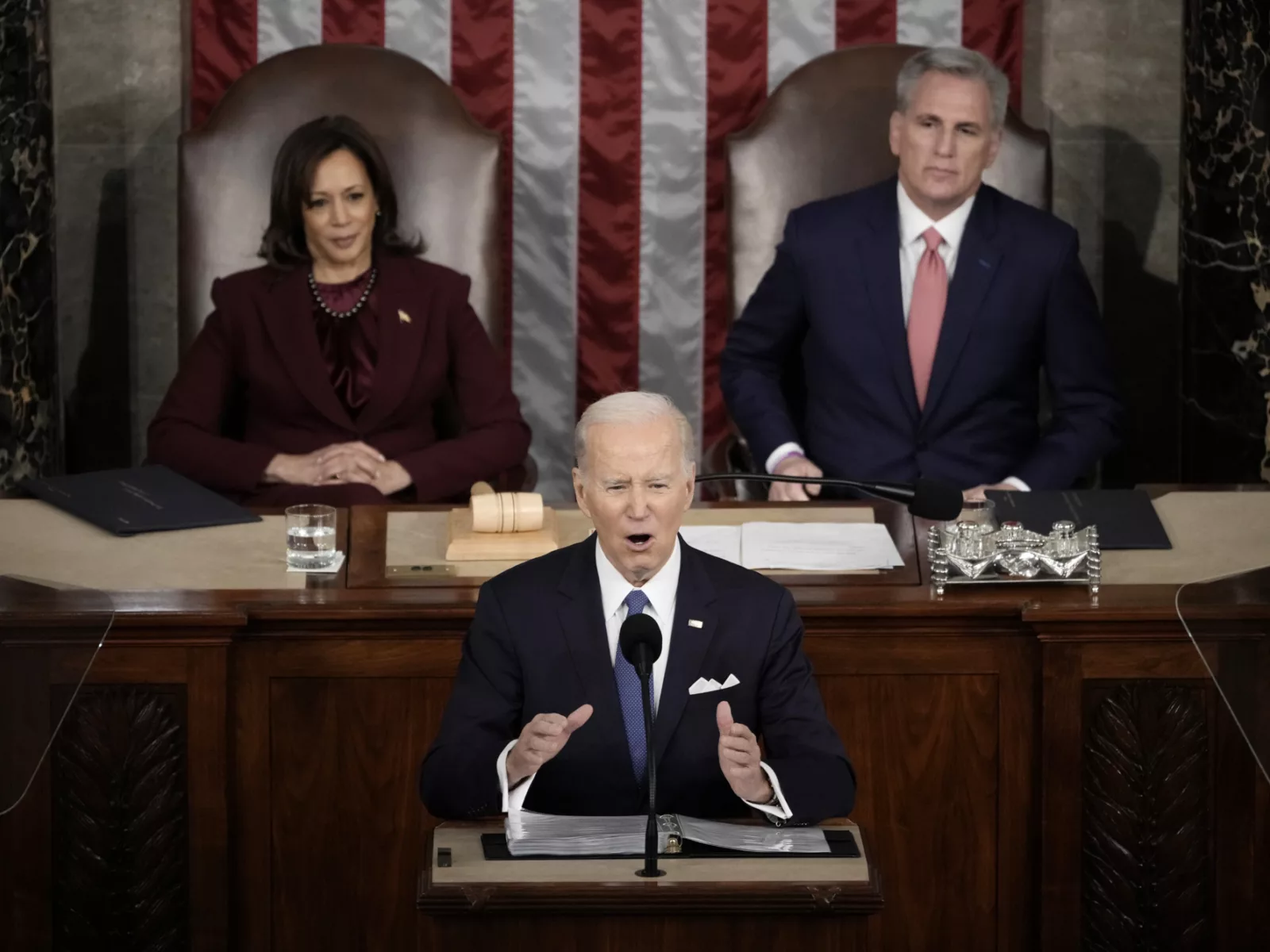A fun summer trip to a remote camp site in Illinois quickly turned into panic for 9‑year old Oakley Yoder after a snake bite. “I was really scared,” Oakley told Kaiser Health News. “I thought that I could either get paralyzed or could actually die.”
And that’s when the race against time began. After all, a snake bite that’s left untreated could be deadly, according to Kaiser Health News. With the closest hospital 80 miles away (roughly an hour by car), paramedics on the scene made a split-second decision to call an air ambulance. Thanks to their quick thinking, Oakley eventually recovered from her injury, but not from the sticker shock of the extravagant bill. The Yoders were billed $142,938, with the helicopter ride alone accounting for nearly half of the bill. (A whopping $55,577.64).
If that sounds outrageous, it’s because it is. One factor behind sky-high air ambulance bills is the lack of regulation, which stems from federal law prohibiting states from regulating rates, routes, and services of commercial carriers, including air ambulance providers. Additionally, air ambulances are often out-of-network – meaning they may not be covered by insurance – which increases the odds of a large unexpected bill.
In a new study co-authored by Ge Bai of John Hopkins University, charges for air ambulance services were not just high, but up to 10 times higher than what Medicare paid for the same services in 2016. The study also suggests that air ambulance services charged a higher multiple of Medicare rates than most other Medicare services. (Only 7 out of 54 medical specialties – anesthesiology, interventional radiology, ER medicine, pathology, neurosurgery, nuclear medicine, and diagnostic radiology – had median charge ratios higher than air ambulances).
The experts at Johns Hopkins concluded that lack of competition isn’t to blame for the high prices. They believe that lack of transparency and a broken system are at fault. Unlike a routine doctor visit, patients have few options and little bargaining power during an emergency. They don’t have control over which ambulance transports them and are unable to check whether the air ambulance provider is in their network when they’re fighting for their lives.
In response to public outrage, a slew of House and Senate proposals have been introduced recently to address surprise medical bills, driven by the disturbing patient testimonies and stories that journalists are bringing to light. The Lower Health Care Costs Act proposed by the Senate Health, Education, Labor, and Pensions (HELP) Committee addresses surprise billing and includes protections against surprise air ambulance bills.
In the new version of the bill, patients’ cost-sharing — the costs they share with their insurance company, like deductibles and copayments — for out-of-network air ambulance services would be the same as if such services were provided by an in-network practitioner. Additionally, it will require insurance companies to pay providers — including hospitals, physicians, and air ambulances — the median price in-network rate for that service in the same geographic area. The bill was recently advanced to the full Senate by the Senate Health Committee.
Excessive air ambulance bills – particularly those received from out-of-network providers – continue to haunt patients who often need immediate, life-saving care. Continued regulatory and Congressional reform to air ambulance practices are important to lowering health care costs and providing relief for the more than half a million patients who use these services every year.


















